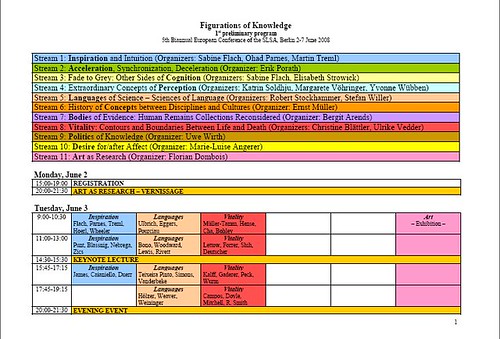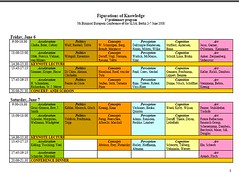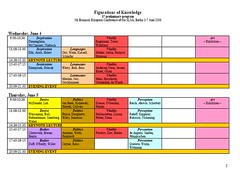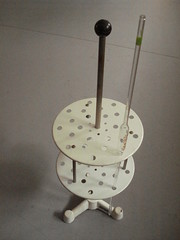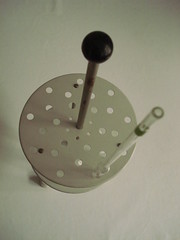During the cold war years, the international congresses of history of science used to be rather dull events, with too many local dignitaries involved and too many talks by people who apparently had never been in contact with major intellectual streams in the field.
But post-1989 globalisation has gradually beefed up these meetings. So there is every reason to go to Budapest 26-31 July 2009 for the XXIII (23rd) Congress of the History of Science and Technology (they brought technology in after the last congress, in Beijing, in 2005).
The broad heading of the meeting is “Ideas and Instruments in Social Context”. Here’s an excerpt from the circular:
All kinds of scientific and technical instruments as preserved in museums, descriptions, memories and in art belong to the topic of the congress. The influence of the instruments on the culture of the laboratories and on everyday life in the different periods is also a highly appreciated topic of the congress. The history of all kinds of „instruments” that helped or hindered the development of science and technology like legislation, international, state or local influence institutions are incorporated into the second part of the topic. For much of the history of our discipline, two separate and sometimes antagonistic approaches to the history of science have focused on the study of ideas, and on the study of instruments. However, in the past few decades, more and more scholars have striven to integrate both aspects, showing that instruments not only constitute the material culture of science, but also shape and even embody ideas.
(see more on the congress website).
Looks like an opportunity to organise a session around the establishement of medical instrument collections and their role for the understanding of the history of contemporary science, technology and medicine. (Medicine is still not formally included in the congress, but medical science and medical technology is, of course.) The only thing that could keep me away is the mean July temparature in Budapest—27 degrees!


